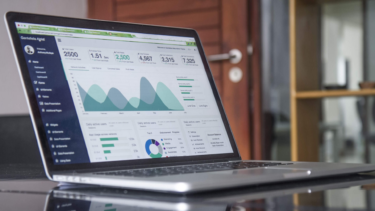In a nutshell, a CDP (Customer Data Platform) integrates with your existing tech stack to offer a unified view of all customer data in a single platform.
This data can include any zero or first-party data such as contact preferences, purchase history, email engagement, website events and more. CDPs are typically able not only to store very granular data, but also to offer analysis of it to support your understanding of your database.
Although the term “Customer Data Platform” has technically been around since 2010, it’s only really hit the mainstream in the last couple of years. This is because businesses have increasingly struggled with their data having become siloed within separate platforms, limiting their understanding of the customer journey and impacting their ability to offer cohesive omnichannel marketing.
This rise in popularity has led to many different CDPs being available, and the definition of a CDP becoming more nebulous than our nutshell summary suggested. While basic CDPs are little more than data warehouses, more sophisticated platforms are able to create complex reports (including RFM and LTV analysis), build customer segments, offer personalised content on-site, generate product recommendations, set up lead scoring, enable retargeting and lookalike advertising, conversion rate optimisation and A/B testing, and more.
Sound like everything your business needs and more? It’s easy to get carried away by the latest new and shiny thing, so here are some considerations to help you decide if you need a CDP right now:
- Your ESP may offer a lot of this functionality already: Before investing in a CDP, it’s worth ensuring you’re already maximising your ESP’s functionality. Platforms like Klaviyo and Hubspot offer many of the same features as a CDP including complex segmentation, lead scoring, social retargeting and lookalike audiences, and some on-site A/B testing (e.g. of pop-up forms). However, a limitation compared to a CDP is that it’s more difficult to apply these functionalities outside your email strategy.
- A CDP is likely to require development resource to set up and maintain the integrations needed with your tech stack, many of which are likely to be based on APIs. Although you’ll probably have an account manager at your CDP to help where they can, it’s ideal to have developers on-hand as they’ll already be familiar with the rest of your tech stack and be able to support more efficiently.
- A CDP is a significant investment and you need the right expertise available to make the most of it, whether it’s in-house or through an agency. To get you started you’ll need someone who understands how to map and optimise a customer journey, translate database analysis into strategy, structure a test-and-optimise plan, identify key segments for retargeting, and set up a lead scoring system to work with your business goals.
- All that said, if you feel you’ve taken your retention strategy as far as you can with your current tech stack, and/or feel you’re missing out on opportunities to connect and drive revenue due to lacking a single customer view, it’s probably time to set up a CDP.
We hope this article has answered some of the questions you may have had about CDPs – if you have any more, please reach out to our team and we’ll be happy to help!


















